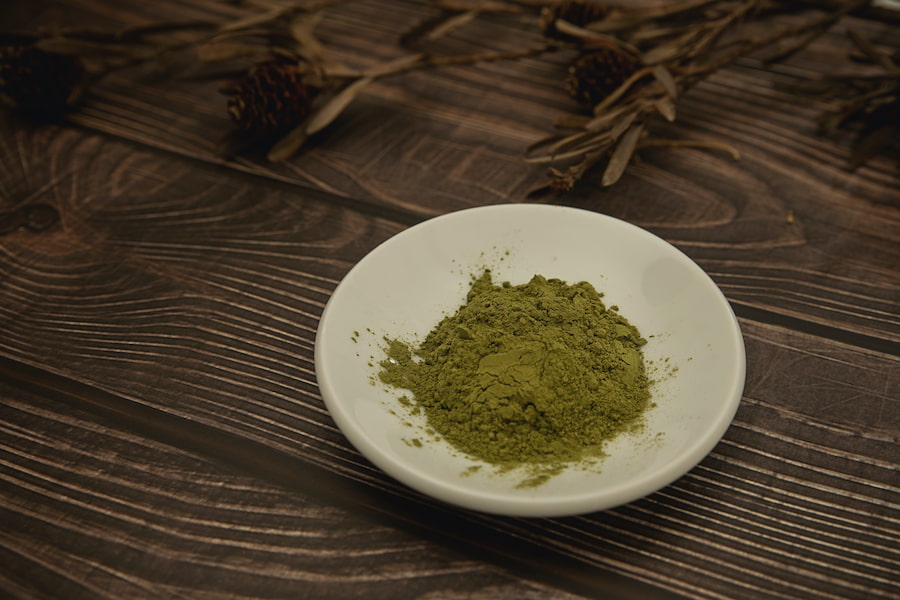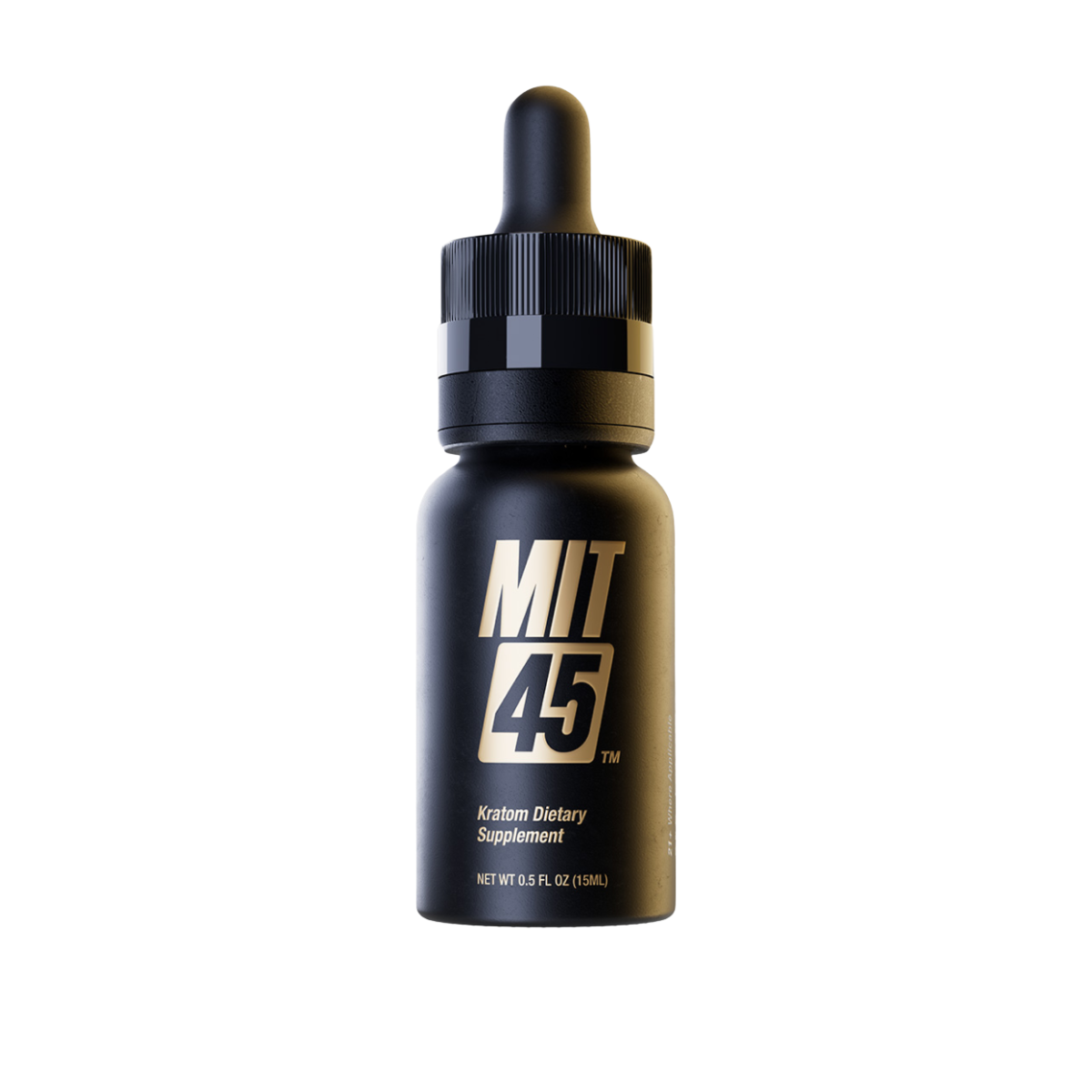If you’ve never practiced mindfulness, it may sound like a vague (and intimidating) concept. However, taking the time to learn practical mindfulness techniques can be the key to managing stress. In fact, science supports a myriad of health benefits that can come from clearing the mind and making room for more productive thoughts.
Read on to learn exactly what mindfulness is, why to practice it, and mindfulness exercises you can try today.
What Is Mindfulness?
Mindfulness is considered a mind and body approach. Although there isn’t a universal definition, most people would define mindfulness as a practice that helps train your brain and body to be in the present moment. It’s tuning out the outside noise so you can focus on what’s happening inside, including:
- Feelings
- Sensations
- Thoughts
Believed to have roots in Buddhist meditation and other Eastern traditions, the goal of mindfulness is to increase awareness. It may sound cliché, but mindfulness is a way of living. It’s a skill and a choice that can turn mundane activities into opportunities to be present. It can transform a busy life into one where you can just “be”.
A vital aspect of mindfulness is observing without judging. Often, when being present, unexpected and even unwelcome thoughts may arise. You can thank your mind for bringing this thought to your attention, and then let it pass. For example, instead of thinking “my efforts never amount to anything” while a fire truck drives past your window while you meditate, you can let this thought pass while turning your attention from the sirens back to your breathing.

Common Mindfulness Techniques
There are many ways to practice mindfulness, ranging from formal courses to self-guided modules to daily routines. The great thing about mindfulness is it isn’t limited to one setting or location. Mindfulness can be practiced almost anywhere!
Although meditation can be a form of mindfulness, not all mindfulness techniques involve being still or sitting down. Walking, eating, or yoga can also be mindful activities. Any activity where you can allow negative thoughts to pass while centering your attention present can be a mindful activity.
Mindfulness Exercises to Try Today
Breathing exercises are one of the most common mindfulness techniques. Not only does focusing on breathing physically calm the body, it provides a basic function for your mind to focus on. Meditation is used also regularly in conjunction with mindfulness techniques to help clear the mind of distracting thoughts.
Body scans are another popular mindfulness practice. As the name suggests, body scans allow a person to mentally “scan” their body, bringing attention to each individual part of the body (usually going from the top of the head to the tip of the toes). This technique is often used by people feeling “out of touch” with their body as a way to foster better connection with how they are feeling physically.
Having a personal mantra (a calming word, thought, or phrase) you repeat to yourself can also be a source of mindfulness. It can help you feel grounded during a moment of difficulty. For example, repeating to yourself “I am strong, even when I don’t feel like it” can help you push through a workout in a mindful manner and make the necessary adjustments, instead of quitting the session altogether.
Mindfulness programs and community resources are becoming more common. You may be able to learn techniques more relevant to your daily life by accessing school or work wellness programs. For example, if you work in a hospital, you might be able to work with a wellness representative for specific exercises to employ in the 30 seconds you have between seeing patients.
Looking for more tips to start a mindfulness practice or to take your current practice to the next level? Check out this MIT45 resource for concrete steps to better mindfulness.
The Benefits of Being Mindful
The benefits of mindfulness extend beyond the duration of the exercise. Even after practicing a period of mindfulness, you may feel more empowered in the following ways:
- Improvement in managing symptoms of stress
- Increased creativity
- Increased motivation to make healthy choices
- Increased quality of life
- Increased rate of remission
Essentially, mindfulness may help you see your health, your job, or your life overall in a more positive light.
Mindfulness techniques are commonly used in conjunction with other forms of treatment or therapy. Research suggests mindfulness may be able to alleviate symptoms associated with the following conditions:
- Blood pressure
- Chronic illness and pain
- Mood disorders (i.e. anxiety, depression)
- Sleep disorders (i.e. insomnia)
Mindfulness and its effect on brain activity have also been studied. Somewhat surprisingly, mindfulness isn’t known to cause a natural cascade of pain relief in the body by way of opioid receptors, even though it seems to “light up” the same areas of the brain.
Instead, mindfulness is believed to work by engaging cognitive pathways. In other words, it might sound counterintuitive, but bringing more conscious attention to your practice may alleviate pain.

Quick Tips for Beginners
While mindfulness may seem like a solo activity, it’s not an effort you have to be alone in pursuing. If you feel like you’re struggling to get started, there are many apps, books, guided sessions, and coaches available to help you find the right fit. Two popular apps that have worldwide communities, live or recorded classes, and more are Insight Timer and Calm. Many popular fitness subscription programs, like Peloton and Echelon, also come with meditation or mindfulness classes and resources.
Already familiar with the concepts, but looking to level up your mindfulness habits? As mentioned above, our 5 Steps to Better Mindfulness article is a great place to start. Working with an expert can also help if you’re feeling “stuck” by giving you new, more personalized techniques to try.
It’s worth noting that there isn’t a “right” way to be mindful. Being nonjudgmental with yourself and your practice is a key part in progressing to become more mindful! Keep doing what works for you, and find experts you trust (such as therapists, evidence-based mindfulness social media accounts, etc.) to follow for tips when you feel like you want to take your mindfulness habits a step further and try something new.
Kratom and Meditation
Wondering about kratom, mindfulness, and meditation? The truth is, not much is known from science so far. However, since ancient times, Eastern traditions have used herbs, spices, and botanicals to enhance mindfulness practices (like meditation and yoga).
Since kratom has been described as invigorating and enlivening, it may make a natural companion for your mindfulness practice. When used correctly and according to direction (i.e. recommended serving sizes), kratom has the potential to enhance your practice by promoting focus (without the need for jittery stimulants like coffee).
Keep in mind that mindfulness often requires a relaxed, but not sleepy, state of mind. Many people report that kratom helps them to achieve a relaxed yet alert status, which may make sense for your personal mindfulness practice. Working with a holistic healthcare practitioner can help you decide if using kratom for mindfulness may be a good fit for you.
The Final Word on Flourishing Through Mindfulness
Being mindful in life can help take you from “just surviving” to thriving. Many techniques, like breathing exercises, can be accomplished if you only have a few minutes. Other techniques (like mindful eating) may take more time and effort, but the results may be even more meaningful.
Interested in learning more about the benefits of mindfulness (and surprisingly effective techniques to try)? Find your new favorite habit through 5 Steps to Better Mindfulness.
References
Henriksen D, Richardson C, Shack K. Mindfulness and creativity: Implications for thinking and learning. Think Skills Creat. 2020;37:100689.
Mayo Clinic Staff. Mindfulness exercises. Mayoclinic.org. Published October 2022.
Mayo Clinic Staff. Meditation: A simple, fast way to reduce dress. Mayoclinic.org. Published April 2022.
Mental Health Foundation. Mindfulness. Mentalhealth.org.uk. Accessed June 2023.
National Center for Complementary and Integrative Health. Meditation and Mindfulness: What You Need to Know. Nccih.nih.gov. Published June 2023.
National Center for Complementary and Integrative Health. Mind and Body Approaches for Stress and Anxiety. Nccih.nih.gov. Published April 2020.
National Center for Complementary and Integrative Health. 8 Things to Know About Meditation and Mindfulness. Nccih.nih.gov. Published June 2023.
National Institutes of Health. Mindfulness for Your Health. Newsinhealth.nih.gov. Published June 2021.
Segal ZV, Dimidjian S, Beck A. Outcomes of Online Mindfulness-Based Cognitive Therapy for Patients With Residual Depressive Symptoms. JAMA Psychiatry. 2020;77(6):563-573.
Zeidan F, Adler-Neal AL, Wells RE, Stagnaro E, May LM, et al. Mindfulness-Meditation-Based Pain Relief Is Not Mediated by Endogenous Opioids. J Neurosci. 2016;36(11):3391-3397.




